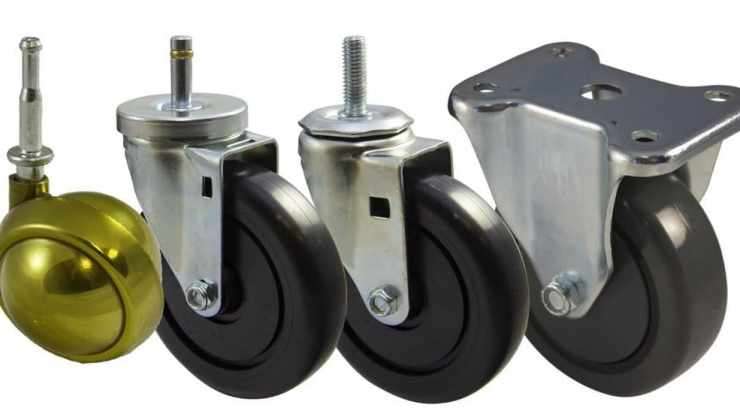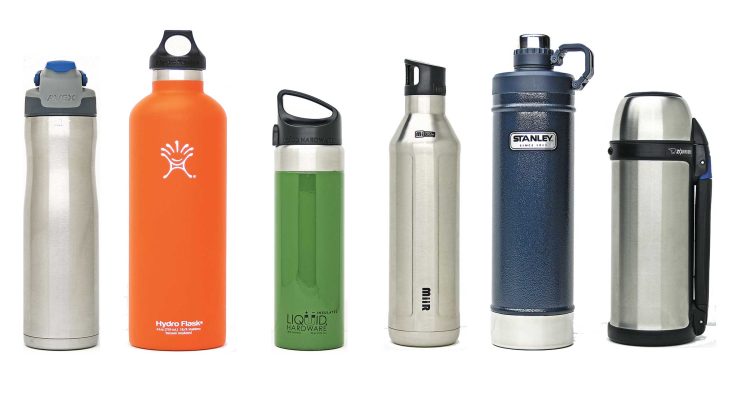
Casters have many different applications and can be found in almost every industry. Hospital beds, office chairs, and handling equipment all get their mobility from casters. When looking for the best option, it helps to understand the variety of caster designs and their uses.
Table of Contents
Rigid Casters
If you don’t need to move your object around too much, rigid casters tend to be cost-efficient and simple to work with. Rigid casters are limited to rolling back and forth in a straight line. Since they lack swivels, these casters don’t have much range of motion. Despite its limitations, a rigid caster wheel is usually strong and durable; it doesn’t tend to break or get damaged as easily as conventional casters.
Stem Casters
Stem casters are unique in how they’re mounted. This type of caster comes with a rod that goes inside the mounting slot. The rods are usually shaped like a cylinder, but they can also be rounded or threaded. Like many other casters, a stem caster’s mountain frame comes with the wheel inside of it, although the surface isn’t level. One of the best qualities of stem casters is how easy they are to replace.
Plate Casters
Plate casters are more common than all other caster types. A square, level plate is used for mounting. The surface often has a hole in each corner to keep the caster securely attached to the vehicle. Because of their stability, plate casters are great for moving heavy loads.
Hollow Kingpin Casters
Hollow kingpin casters are stemless, but like stem casters, they’re mounted in a unique way. The caster is placed against the vehicle and then fastened to it through a hole, usually with a bolt or screw. Since the fastener can be as tight as you want it to be, the degree of swivel resistance is up to you.
Locking Casters
While casters are traditionally made to swivel and roll any which way, it’s better to have your caster locked in some circumstances. Heavy wind, sloped surfaces, and uneven weight can lead to problems for casters that aren’t restrained. Locking casters get their name from their ability to stop the wheel and raceway from moving. The locking mechanism is often triggered by a brake pedal, which makes it easier for the user to set the caster in place and move on to other tasks.
Casters come with different wheels and mountain frames designed to fulfill specific purposes. Knowing the differences is crucial when deciding what caster works best for your needs.






